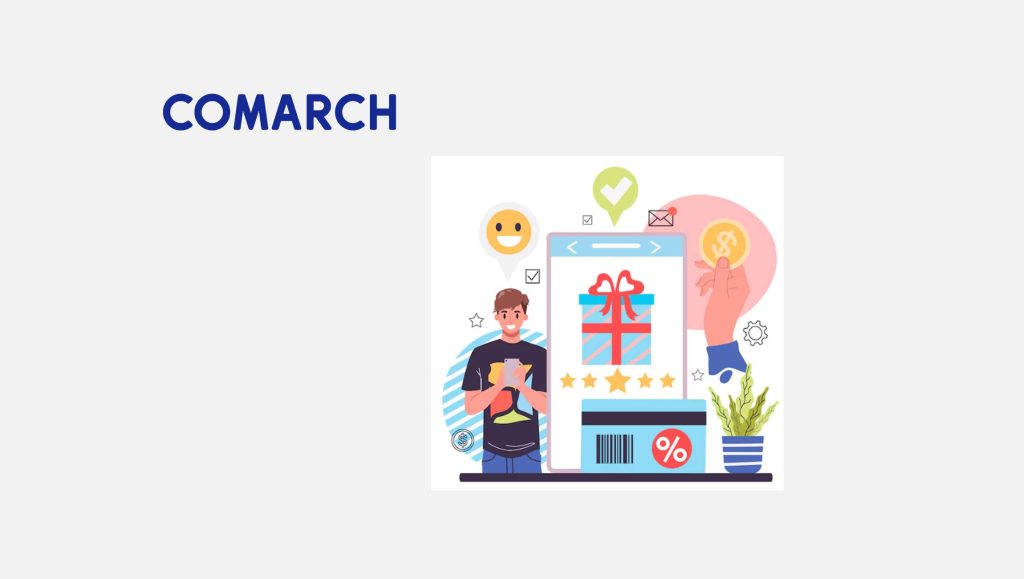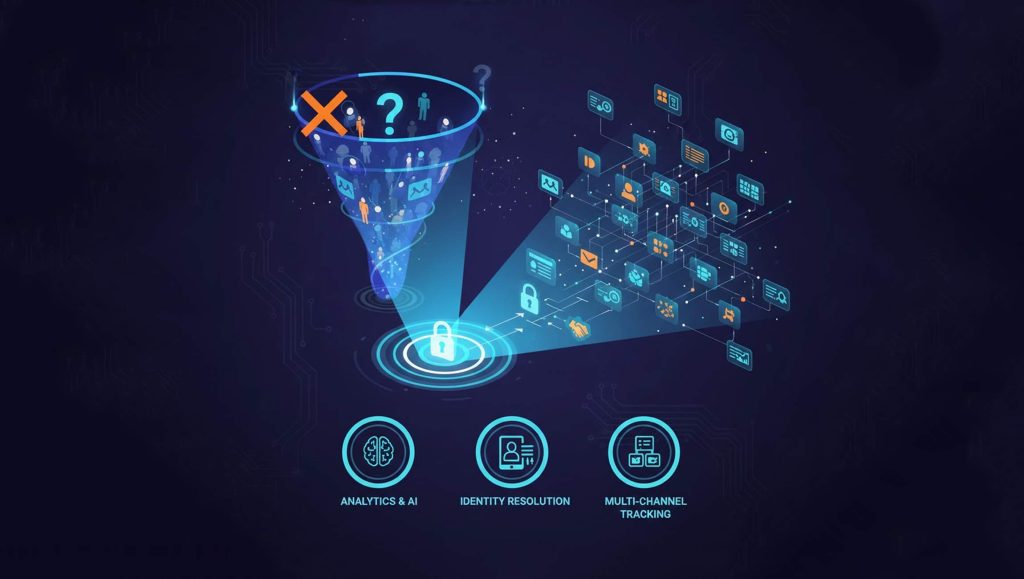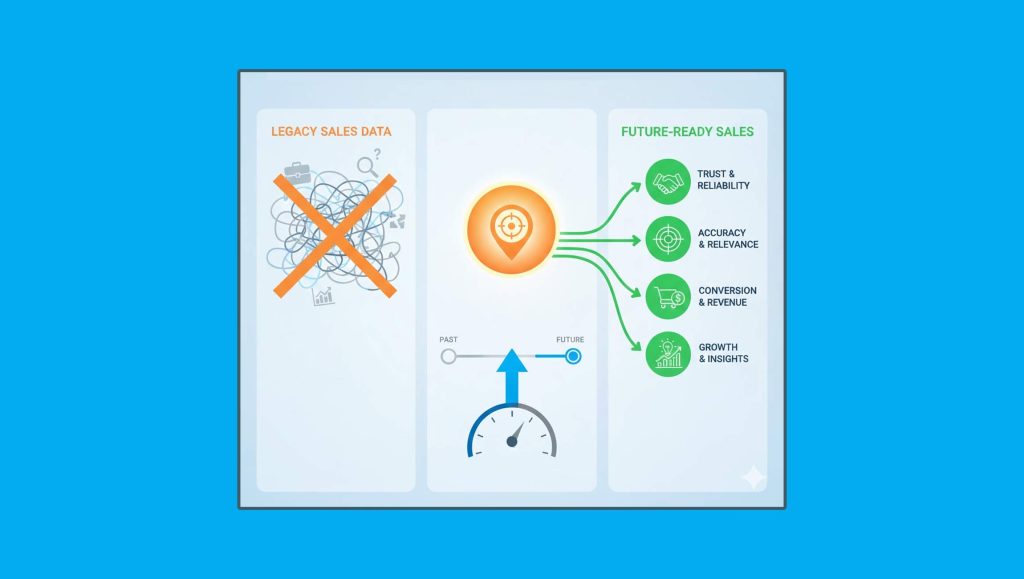In today’s competitive marketplace, companies and businesses need to constantly come up with different marketing strategies to stay ahead. However, these marketing strategies cannot be developed without extensive research and without the support of the right technologies. It takes a balance of professionally qualified individuals and the right martech and salestech stack to identify the key aspects regarding your target audience, their buying triggers, their purchase intent and so on, so as to be able to develop plans or strategies which would actually help in securing that coveted “top-of-mind” space.
Read More: Expecting Sluggish Sales? Try Marketing With Promotional Products
Need for Customer Data Platforms
A customer data platform or CDP aims to collect customer data from various sources and combine it into dedicated customer profiles. This allows the marketing department to plan its activities accordingly. It allows key personnel to properly understand their customers since a CDP has the ability to connect different sources of customer data (internal or external, structured or unstructured, batch or streaming), and also allows you to act in real-time. “A customer data platform is a market-managed system that creates a persistent, unified customer database that is accessible to other systems.” This is what David Raab, a marktech analyst, had to say about CDPs.
Want to more about David’s thoughts on CDPs? Catch this episode of The SalesStar Podcast where he shares his insights:
10 Ways in Which CDPs Can Help Reduce Friction Between Marketing and Sales
Customer data platforms or CDPs are the solutions to problems pertaining to the integrity of the customer data since they serve as a unified database that collects customer data or information from all sources and is accessible to other systems as well. Not only that, but CDPs also help to analyze this extensive data and provide insights or ideas about each customer. Here are ten ways in which CDPs help reduce the friction between marketing and sales activities: –
- Data Sharing: CDPs make it possible to not only collect all the necessary data or information pertaining to customers but also make all this data accessible on different systems. This means that both marketing and sales teams would have the same information and would be able to work accordingly, and towards a common goal.
- Customer Data: Perhaps one of the most important ways in which CDPs help marketing and sales is by providing them with the same customer data since CDPs support access from different systems. This eliminates the problem of having different goals or intentions, which can arise if the two teams have different information on the same targeted audience or customers.
- Discussions on Pricing: The marketing and sales departments are involved in the process of getting target customers interested in the products and services. But they are not always involved in the process of discussing the prices, which can often cause issues later. Having access to the same kind of customer data would enable them to formulate a uniform strategy when it comes to product pricing.
- Making Predictions: Again, the two departments are involved in different kinds of activities, but they both have shared responsibilities towards the company. Since CDPs allow access to the same data regarding the customers, and over a variety of aspects, it allows both of them to predict what the outcome of their individual campaigns could be like, and they can try to align those outcomes.
- Updates: CDPs allow combining data from different sources and also enable regular updating of the customer data, which would then be made available to all departments. When it comes to marketing and sales, they would both be able to have access to the same updated information and would be able to discuss any possible changes in outcome, pricing, or strategy.
- Better Revenue: An outcome of CDPs is an expected rise in revenue. Since the marketing and sales departments would have a 360-degree view of their customers, they would both not only be able to work towards similar outcomes but would also be able to bring changes in their strategies, which would garner more revenue.
- Finding New Target Segments: Both the departments are working on different aspects related to the product/service, but they would have to keep in mind the same kind of audience. CDPs allows classification of different kinds of data pertaining to a customer, and while analyzing this data, both the departments might be able to come across newer segments, which can specifically be targeted. This means they can work together towards creating strategies made specifically for these segments to enhance results.
- Outcome Analysis: Another way in which CDPs help reduce friction between marketing and sales, is that they would be able to individually and then together, analyze the outcome of their campaigns or strategies. Not only would they be able to see how said campaigns affected their performance individually, but they would also be able to analyse the combined effect and analyze that too to improve future outcomes.
- Cost-Effective: Not only do CDPs help save money simply by providing a means to store all the data, in terms of marketing and sales, they also help them cut costs. Again, while analyzing customer data to prepare strategies, they would be able to find ways to minimize expenses but, they would together be able to see how they can combine their campaigns and save more money, all the while reaching the desired outcome.
- Improve Outcomes: By storing customer-related data, both marketing and sales departments would be able to analyze how their campaigns have fared individually and also how they can be improved in the future, and which areas need more work. They can work together to see if the pricing policy needs a change etc.
Read More: AppSmart Expands Leadership Team To Drive Next Phase Of Growth
A Few Known Customer Data Platforms
Here are some better known customer data platforms that are helping the sales and marketing departments reduce the age-old friction from various activities and perform better in unison: –
- Ensighten Pulse: It is a customer data platform that enables users to collect first-party data about the customers through either onsite or offsite channels such as videos, emails, display advertising, etc. in order to create robust customer profiles.
- Microsoft Dynamics: It is a CDP that allows users to collect all kinds of customer data such as behavioral, demographic, transactional, etc., through a variety of sources. Thus, it is able to help the different departments of the company, including sales, marketing, customer service, etc. to plan their activities.
- Lytics: The customer data platform developed by the company called Lytics makes it easier to collect different kinds of information regarding customers such as their purchases, ad impressions, use of different products, etc. This data can be analyzed and used for operations such as marketing, sales, etc.
Customer Data Platforms have made it much easier for companies to collect and analyze customer information and then develop their strategies and campaigns accordingly, such that they are able to maximize profits and reach targets.
Looking for more tips to reduce friction between Marketing and Sales? This episode of the SalesStar podcast might help:
Read More: How To Increase Your Remote Sales Team’s Productivity





















